Blending Development Theory and Practice in Guatemala
By Meghan Haslam
Global Research Institute
Early last summer, 16 William & Mary undergraduate students peered out of dust-coated bus windows as they drove through the highlands of Guatemala en route to their field study on development theory. The group didn’t know what was to come as the vehicle rumbled over the rough roads. But as Sami Tewolde ’19 soon discovered, the course would change her whole idea of what she wants to do with her life.
Putting theories into practice
The impetus for this course was to bridge the gap between theory and practice by offering students a hybrid opportunity to study development theory in the context of active development projects. According to David Trichler, course instructor and Director of Programs at W&M’s Global Research Institute, “To become a development practitioner, it’s not sufficient to know the theories. Ideas must be put into action, and you need to observe their impact on lives and communities.” The course balanced academic seminars in the mornings with site visits each afternoon.
The course emerged from an innovative partnership between the Reves Center for International Studies and the Global Research Institute, blending Reves’ push to create new models of applied study abroad opportunities with the Institute’s goal to serve as a hub for outstanding global research experiences. Generous scholarship support from the Reves Center broadened participation in the Development Theory in Guatemala course. While in Guatemala, the student team collaborated closely with CHOICE Humanitarian, the on-site community partner whose team of expert staff introduced W&M students to unique locations and learning opportunities.
Facing challenges and building bridges
Drawing students from an array of departments — including chemistry, government, biology, and data science — the course provided a timely opportunity for students to study abroad. Biology major Sophie Harris ’19 commented, “I wanted to get the whole liberal arts experience, and it fit with my desire for a service opportunity.” The first week of the course took place at a central location, which Harris said helped her adjust to Guatemala as she got used to being surrounded by a new language and visiting with people from poor rural communities.
The students bonded as they faced challenges from sleeping on the ground in a converted schoolhouse to bus rides that stretched from 6 to 15 hours. Reflecting on his experience of a 3-hour road blockade (led by community members protesting the lack of accessible water provided by the local government), Alexander Nocks ’19 commented, “I never thought I would enjoy something so much as our afternoon fell apart.” The students made the most of the wait by dancing, eating mangoes, and singing songs. Another aid to bonding: no cell phones. As Harris commented, “I didn’t need to listen to music or distract myself, I could just enjoy the beauty of the countryside.” Beyond the lovely views, the students learned to take care of one another by checking in, helping fellow students who were unfamiliar with the subject area, or lending a listening ear when things were tough. James Card ’20 said, “One of the great values of a trip like this is forming a relationship with the other people.”
The student group needed the mutual support when they headed to the tiny rural village of Tzuncoc to build a bridge alongside community members. There, the students felt the full impact of working in a developing community. Tewolde and Harris agreed that they struggled most with the lack of physical comforts – no electricity, sleeping on the ground under mosquito nets, and using latrines. Nevertheless Harris said, “It was amazing getting to know [the community members]. Despite the language barrier, I found so many similarities between our lives.”
The Tzuncoc community partnered with CHOICE to construct the bridge over a deep ravine, made impassible every rainy season by deep mud. Card noticed that the bridge would benefit the community by easing rainy season travel, as well as open doors to other communities. Without a word of complaint, women, men, and children hauled rocks and buckets of cement alongside the students up steep, muddy inclines from sunup to sundown. As the course wound down, the W&M students recognized that they had given much and had learned much as well. Harris said, “They [Guatemalan community members] are doing more for us than we could teach them. They taught us how it looks to have such passion and heart and care for one another.”
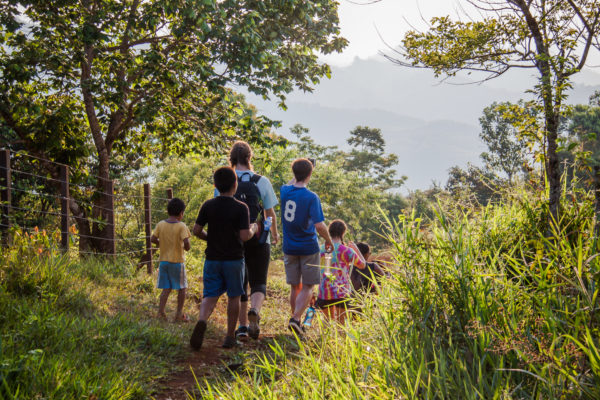
Students Allie Cooper, Noah Scruggs and Sophie Harris walk with a group of Guatemalan children near a rural community.
A life-changing experience
Looking back at the course, Trichler said, “It was a delight to teach, with a great mix of student perspectives from the different backgrounds. I hope the experience left the students more engaged, aware, and dedicated to community impact and global cooperation.” According to Tewolde, the course was a success: “This class was the perfect melding of theory and practice, and it really allowed us to experience what development work might look like in our future careers.” After two inspirational weeks in Guatemala, Harris said the it was “definitely one of the best experiences I have had as a student at W&M,” and Tewolde shared that she “walked away with a great new perspective and appreciation” for what she has in life. She hopes more students will be able to take part in this once-in-a-lifetime experience during their college career.
The Development Theory in Guatemala course will next be offered in Spring 2019.

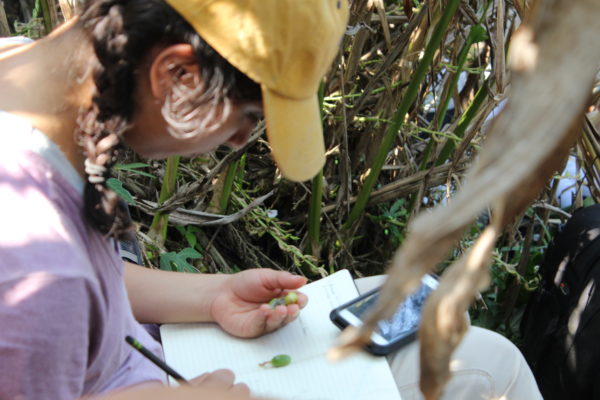
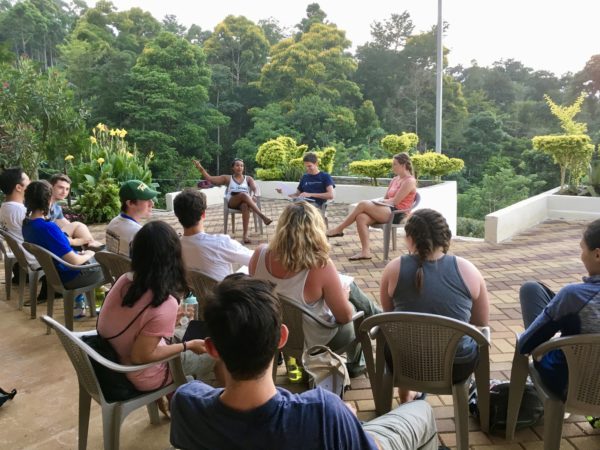
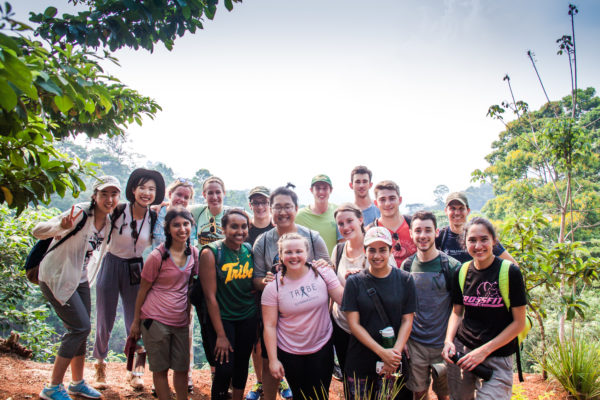
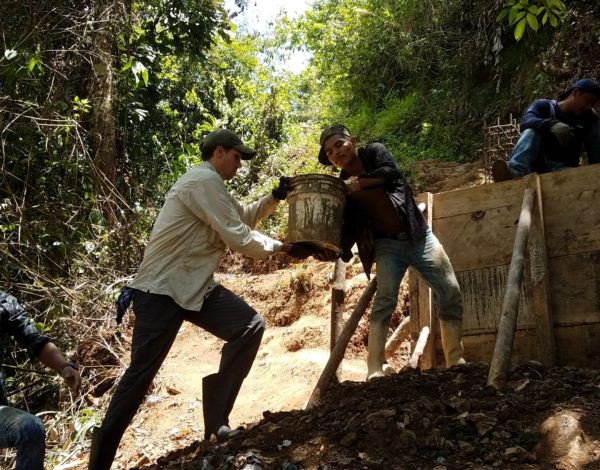
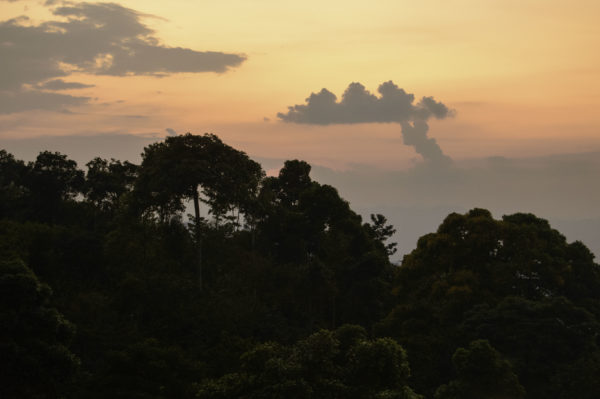
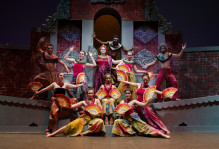


No comments.
Comments are currently closed. Comments are closed on all posts older than one year, and for those in our archive.